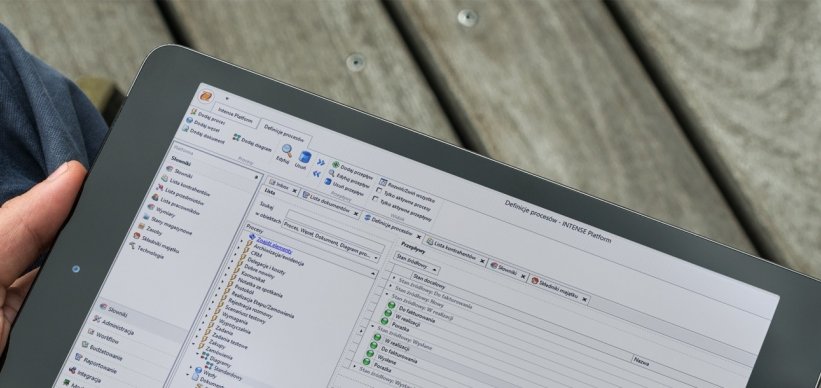
CRM and Controlling
Marek Jurkowski
What is RFM classification? Which Customers bring the most benefits? Is the biggest Customer really profitable? Who is it worth cooperating with? Controlling in CRM answers these and other questions.
n the age of market globalization, modern technologies, the Internet and fast access to information and a variety of competitive offers, a loyal Customer becomes one of the most important values of any company. Changes in the market and a constant struggle for sale forces entrepreneurs to change their companies’ organization. They are often combined with investments in new opportunities to reach new and retain already acquired recipients. This applies both to the opening of new sales channels and communication with contractors (e.g. online stores, dedicated portals for regular customers, text messages promoting the offer, etc.) as well as to the information systems supporting contacts with the Customers.
CRM again...
Practically every company has information about its history of transactions with their Customers, but not everyone is able to expand this information and use it. Customer Relationship Management (CRM) systems have matured in recent years and are slowly gaining in popularity. They allow companies to coordinate and support sales, provide efficient services, plan and implement marketing campaigns, monitor contacts with Customers, and finally record different types of information that forms the basis for developing extensive analyses. At present, there are three areas/ types of CRM systems: interactive, operational and analytical.
The operational part is basically elements of the ERP system. From records of Contractors, through orders, invoices, settlements of accounts and financial information, to Call Center, mobile platforms, contact planning, automation, and marketing support. Often the extension of this part is an interactive CRM, which is a system that coordinates communication with Customers through various means.
Web portals, dedicated loyalty applications connected with communication with the Customer, text messages, e-mails, fax messages, post office, and, most recently, mobile and voice communication applications are used here. Interactive CRM is mainly used by sales, customer service, call centers, and marketing services. Both solutions are combined by Analytical CRM, and the whole is a comprehensive, integrated CRM System.
The Analytical Part is the most interesting from the point of view of virtually all departments in the enterprise. Technically, these are usually data warehouses that collect information about the Customers, their preferences, products, transactions, revenues, costs, and a whole range of other data often from multiple sources. This is where data is processed into information useful for the operators, allowing to learn Customers’ behaviors, verify the effectiveness of the strategy, quality and profitability of the Customers. The superstructure for the data warehouse constitutes analytical tools that make it possible to use a number of Customers’ classification and segmentation methods (RFM, FRAT, LTV), which in turn allow you to take actions, right from the business point of view, toward different groups of contractors. Further advanced analytical capabilities are ensured by the latest in data mining technologies, as discussed in further articles.

 Unia Europejska
Unia Europejska


